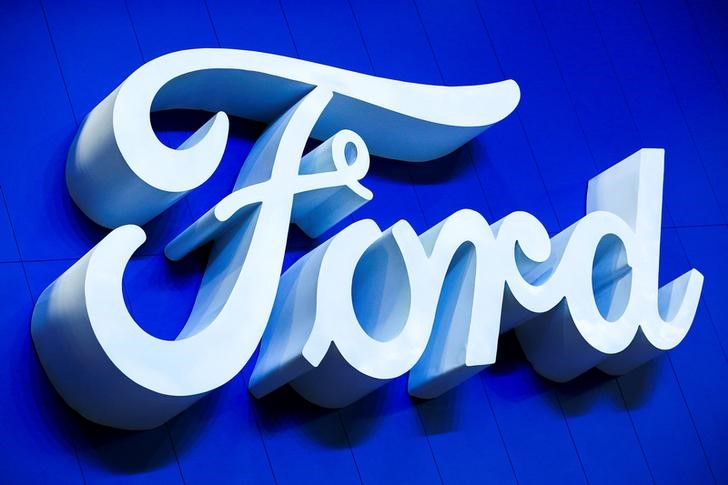This post was originally published on this site
https://i-invdn-com.investing.com/news/LYNXMPED350DU_M.jpg
Ford Motor Company (NYSE:F) announced at its annual dealership meetings in Las Vegas this week, that the company is requiring dealerships to invest, evolve, improve, and offer new services if they want to be a Model E dealership and sell electric vehicles.
CEO Jim Farley, at the event, talked about rival electric vehicle maker, Tesla (NASDAQ:TSLA), and its roughly $2,000 price advantage on Ford. He said that Ford and its dealers need to, and have been, working to narrow that gap.
To continue narrowing the gap between the two manufacturers, Ford is giving its dealerships until October 31st of this year — less than two months — to decide whether they want to become a Model E Certified Elite dealership, a Model E Certified dealership, or if they would rather discontinue selling ford electric models entirely effective January 1st.
At a minimum, Model E Elite dealers will need to install two high-powered DC fast chargers and a level 2 charging station, as well as offer at least one DC fast charger available for the public to use. Ford estimates the all-in cost for dealers to become Model e certified elite to be between $1.0 and $1.2 million.
Model E Certified dealers are only required to install one DC fast charger, and it must be made available for public use. However, Model e dealers will have a hard cap on the number of EVs they are allowed to sell each year.
Any dealers that refuse to make the required adjustments give up the right to sell any fully electric Ford vehicles for three years. If they do choose to opt out of becoming a Model E Certified dealer now, there will be no opportunity of becoming one until 2027.
The new rules for Model e dealerships also require dealers to post set prices for the electric vehicles online at Ford’s website. Customers can view the set pricing, complete the purchase online, and even schedule home delivery. Giving customers the option to purchase a vehicle entirely online. However, if a customer decides they want to go to a dealership and see the cars in person, they will still be able to do so.

